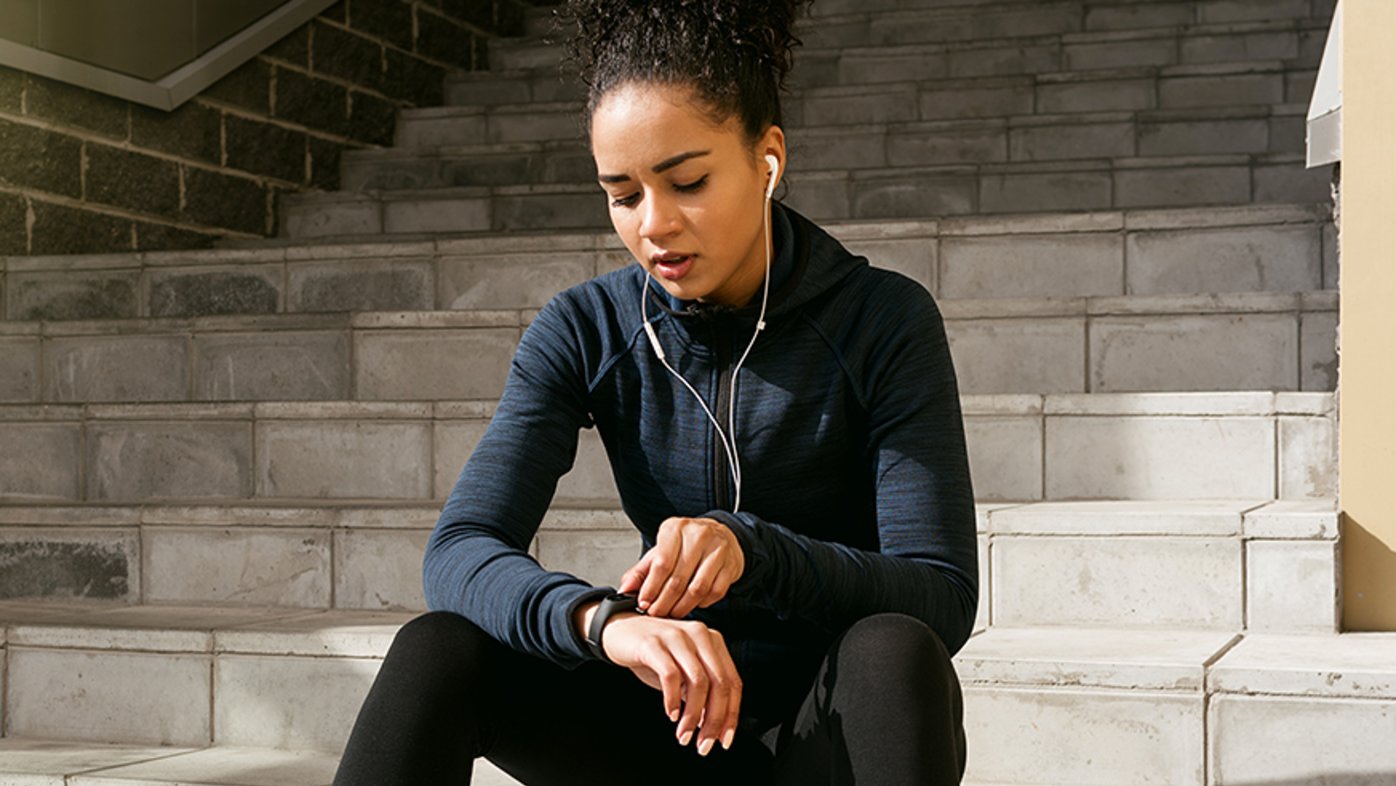
Are wearable health trackers accurate?
Learn how wearable health trackers can provide valuable support on your personal health journey.
We know it’s cliché to assume everyone will add “improved fitness” to their list of New Year’s resolutions, but why wouldn’t you?
According to the American College of Sports Medicine (ACSM), regular physical activity has many benefits, from improved cardiovascular health and reduced risk factors for heart disease, to improved mental health and greater strength and flexibility.
“When choosing a fitness program, it is important to find something that is right for you, your training goals and your lifestyle,” says Olga Hays, an American Council on Exercise-certified wellness promotion specialist at Sharp HealthCare. “Don’t just follow an exercise or nutrition trend because it’s hot right now — not all trends are going to work for you.”
Hays recommends adding one or more of the following nine activities — all fun and effective — to your list of resolutions. Many of these are available through Sharp HealthCare classes and events.
Wearable technology — Many athletes, from beginners to Olympians, are using wearable fitness trackers to monitor everything from steps taken throughout the day, to their heart rate and sleep patterns. The devices can provide instant feedback and motivate you to reach your fitness goals.
Body weight training — Return to the basics with exercises that use your body’s own weight to provide resistance. Sit-ups, push-ups and pull-ups — these exercises can be done without a lot of equipment, a gym membership or a professional trainer.
High-intensity interval training (HIIT) — HIIT involves short bursts of intense exercises followed by a short period of recovery to allow you to work out in less than 30 minutes, with little or no gym equipment.
Strength training — The use of weights, such as barbells, dumbbells and kettlebells, to improve or maintain muscle strength and endurance should be a core component of your fitness program, along with aerobic activities and increasing flexibility.
Personal training — Workouts guided by educated, properly credentialed fitness professionals can often mean the difference between fitness goals met and fitness goals abandoned. Trainers educate, motivate and serve as your number one cheerleader as you strive to get fit.
Functional fitness — A good functional fitness program includes exercises that closely resemble the way we move while performing day-to-day tasks in order to improve your balance and ability to perform daily activities.
Fitness programs for older adults — As our country ages, fitness plans designed for older adults to get stronger, healthier and more vital are becoming more popular.
Yoga — Breath control, meditation and specific poses make up the practice of yoga, which increases strength and flexibility, and aids in relaxation. There are a variety of different yoga styles, each with a specific purpose and methodology.
Exercise and weight loss programs — Pairing fitness and nutrition in a program offers increased success as you strive to meet weight loss and management goals.
Rethink exercise and move with joy — Joyful movement is the idea of moving your body for the sake of moving it, with less rules and more enjoyment. It takes focus off “needing to exercise” and instead focuses on self-directed physical activities that are natural and joyful, from gardening to dancing to walking.
Although you should always check with your doctor before starting a new fitness program, Hays says it’s also important to check with yourself.
“Have fun trying new activities, but most importantly, listen to your body, see what feels right and then make your decision,” she says.
Our weekly email brings you the latest health tips, recipes and stories.